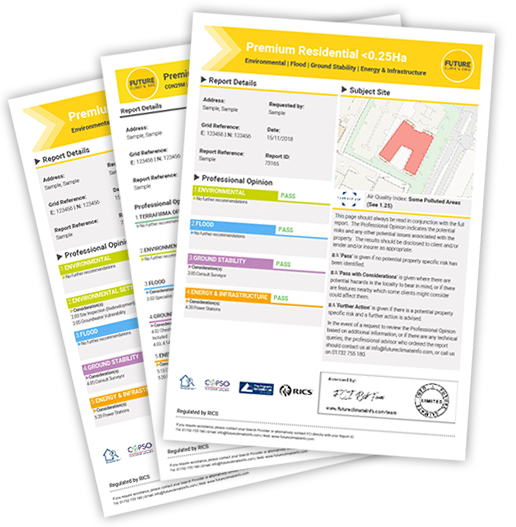Hackney Contaminated Site Kicking up a Stink
Complaints from residents in Hackney Wick, London about noxious smells halted excavations at a contaminated construction site, highlighting the challenges and sensitivities in working on re-mediating sites in densely concentrated urban areas.
Trial assessments began at the end of November 2018 to assess the current level of volatile vapours and odours on site, alongside a community drop-in session run by the developer to keep residents informed of ongoing work. They had complained about headaches and nausea caused by the release of fumes from the excavation at the Stone Studios redevelopment site on Wallis Road.
Property Developer Telford Homes has stated that, whilst passive air quality monitoring is ongoing for average concentrations of volatile organic compounds in the air and reported back to Hackney Council and London Legacy Development Corporation (LLDC) weekly, Providing general air quality monitoring of the local area is not a requirement for the construction process.
A Cocktail of Vapours Released
A report released by site investigators RSA Geotechnics back in May predicted that a “significant” proportion of the volatile contamination would be released into the atmosphere when excavations reached groundwater level, with drilling crews all reporting an increase in the smell when shallow levels were initially reached.
Telford Homes has admitted to residents that the precautions taken in excavations were not sufficient to prevent the release of vapours.
An environmental report submitted to the London Legacy Development Corporation (LLDC), which has responsibility over the site through planning, showed ‘high risk’ levels of naphthalene and volatile organic compounds to a depth of 3-4m posing a ‘high risk’, as well as a moderate risk presented by ‘elevated concentrations’ of arsenic and lead.
Naphthalene is classified by the International Agency for Research on Cancer (IARC) as possibly carcinogenic, with children more sensitive to its effects than adults. Benzene is a carcinogen.
The site has been in industrial use since the Victorian era, with the first plastics in Britain produced there from 1866. Vulcanised rubber, iron, rope, dye, and varnish were all produced within the area by 1870, with several works using noxious substances on Wallis Road.
Careful ongoing monitoring
The exploratory works are being carried out following Hackney Council warning Telford Homes in October that the developer’s rethought strategy did not go far enough in mitigating the effect of the vapours caused by the excavation of contaminated land, or in satisfying the community’s concerns.
The exploratory works will have a trigger to cease works of air quality readings of 0.5 parts per million (ppm) of chemicals in the air recorded at the boundary of the site.
This stands in contrast to the initial strategy of works ceasing if levels of over 10ppm were recorded.
Telford Homes will continue with a number of short-term assessments on site to ensure that the process can continue safely and that disturbance to neighbours is minimised.
Hackney Council has responsibility for regulating this site and is overseeing how Telford Homes manages the removal of any contamination. They have expressed concern about the issues raised by the local community around these works.
They have stated that full work can only restart if Telford Homes can reassure the local community and the Council that any contamination is properly managed, the impact on local neighbours is minimised, and the site’s neighbours will be kept properly informed.
Try before you buy
To take advantage of a trial free order of your first environmental report, please complete the enquiry form and we will get back to you as soon as possible. We will need to take more details of the property or site and ask some more questions about your firm and the transaction.

